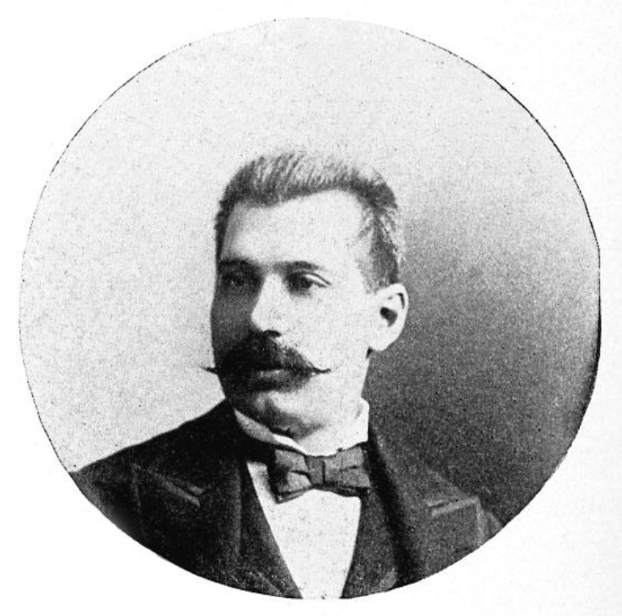Carlo Curti
 Carlo Curti (6 May 1859 – 8 May 1922), also known as Carlos Curti, was an Italian musician, composer and bandleader. He moved to the United States whose most lasting contribution to American society was popularizing the mandolin in American music by starting a national "grass-roots mandolin orchestra craze" (that lasted from 1880 until the 1920s).
Carlo Curti (6 May 1859 – 8 May 1922), also known as Carlos Curti, was an Italian musician, composer and bandleader. He moved to the United States whose most lasting contribution to American society was popularizing the mandolin in American music by starting a national "grass-roots mandolin orchestra craze" (that lasted from 1880 until the 1920s).He also contributed to Mexican society in 1884 by creating one of Mexico's oldest orchestras, the ''Mexican Typical Orchestra''. The orchestra under his leadership represented Mexico at the New Orleans Cotton Exhibition. As with his Spanish Students, Curti dressed his Mexican band in costumes, choosing the charro cowboy outfit. The patriotic value of having Mexico represented on the international stage gave a boost to mariachi bands (which had normally been repressed by social elites); the mariachis began using charro outfits as Curti's orchestra had done, expressing pride in being Mexican. Curti's ''Orquestra Típica Mexicana'' has been called the "predecessor of the Mariachi bands."
He was an orchestra leader, composer, educator at the ''Conservatorio Nacional de Música'' (''Mexican National Conservatory of Music''), xylophonist, violinist, mandolinist and author of a mandolin method. He directed the orchestra at the New York's Waldorf-Astoria hotel in his later career.
Also known as a composer of zarzuelas and dance music, among his most noted tunes are "La Tipica" and "Flower of Mexico". His brother was harpist Giovanni (Juan or John) Curti, who also was a member of his orchestra. Provided by Wikipedia
-
1by Yanier Núñez Figueredo, Laura García-Pupo, Osmany Cuesta Rubio, René Delgado Hernández, Zeki Naal, Carlos Curti, Gilberto L. Pardo AndreuGet full text
Published 2011-01-01
Article -
2by Daniela de Paula Aguiar, Mayara Brunetto Moreira Moscardini, Enyara Rezende Morais, Renato Graciano de Paula, Pedro Manuel Ferreira, Ana Afonso, Silvana Belo, Amanda Tomie Ouchida, Carlos Curti, Wilson Roberto Cunha, Vanderlei Rodrigues, Lizandra Guidi MagalhãesGet full text
Published 2016-01-01
Article -
3
-
4
